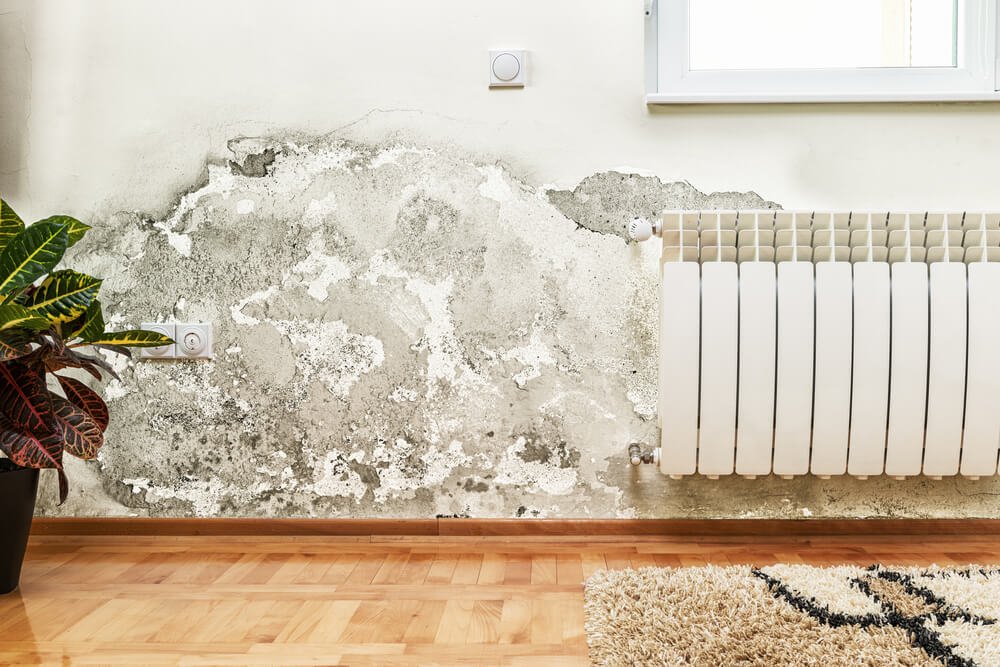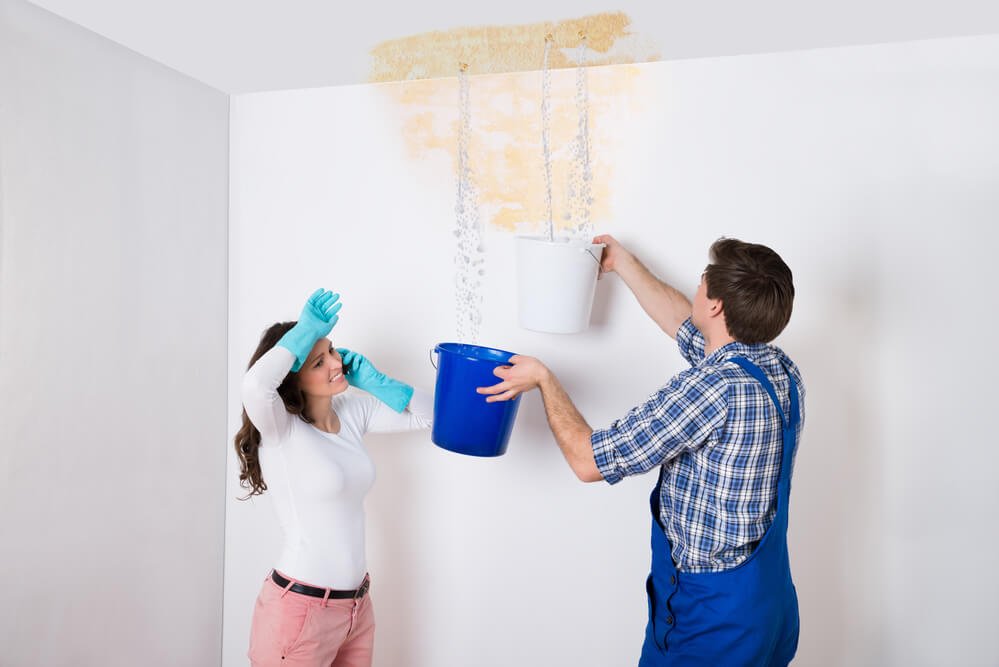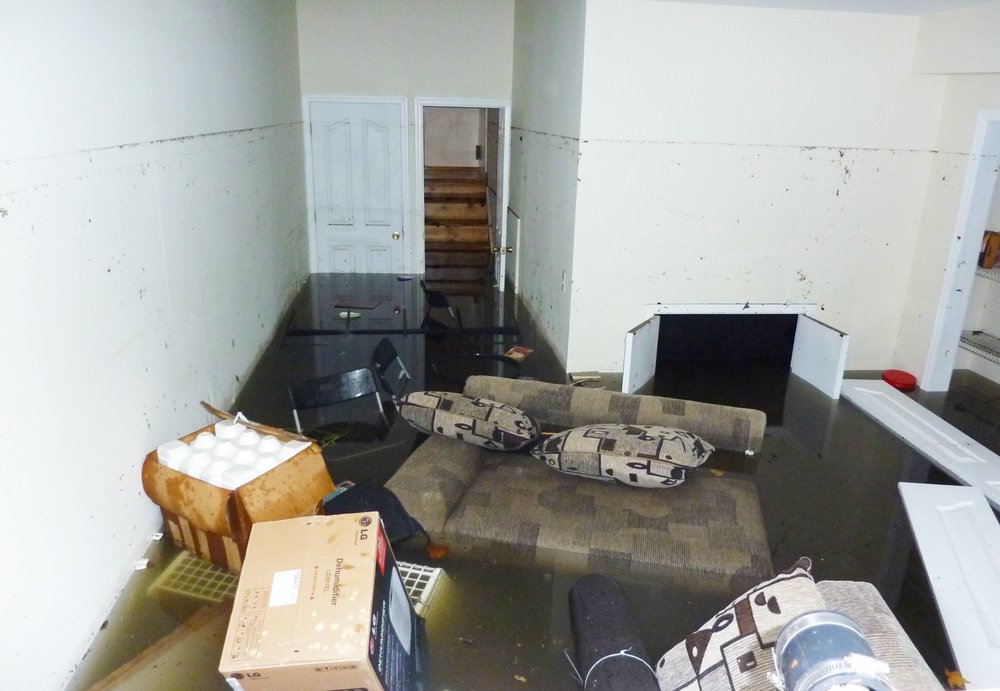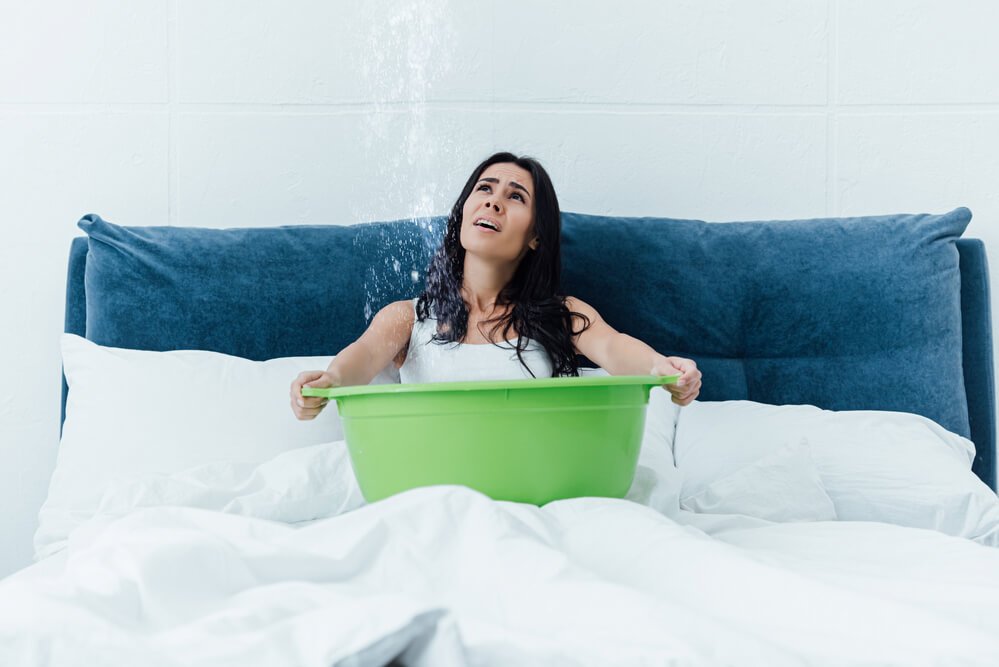
How Long Does It Take For Mold To Grow In Your House?
Mold is the last thing you want growing in your house. It can cause a slue of health problems, property damage and it doesn’t look super great. According to Complete Detail Cleaning and Restoration, a provider of water damage restoration in Vandalia, you can prevent it from growing in the first place, as well as treat it if it has grown. The most important thing is to know how long it takes for mold to grow.
So, how long does it take for mold to grow in your home? Mold can grow in as little as 24-48 hours after being exposed to water. Bacteria grows quickly and mold is sure to follow.
While it can grow quickly, mold isn’t visible until much later. It takes around 18-21 days to colonize and then become visible. Ideally, you want to protect from mold forming.
This article will go into detail on how mold forms as well as what you can do about it. Both on how to treat mold that is already in your home and ways to prevent mold from coming back or forming at all.
Being proactive about keeping your home clean and properly caring for any water damage will surely help keep your house mold-free.
How Does Mold Form?
Mold forms as soon as the ideal environment is present. There are mold spores in the air all around us and can latch onto any surface once water is present. That’s why mold is so prevalent after there’s been water damage in the home, and why it’s so important to act quickly to get rid of the mold.
Mold spores need to colonize to grow into mold. Mold spores aren’t very dangerous on their own but can be when they start to colonize and grow in numbers. Mold starts to colonize once they have found their ideal environment. It can take anywhere from 3-12 days to fully colonize. Which is why early detection can prevent mold from fully forming.
Mold spores travel once they have finished feeding on one spot. The bacteria multiply and feed off the area where the water damage is the strongest. Once they have fed off that area, mold spores multiply and leave the area looking for other ideal environments. Once they enter the air in droves, which can travel all over your house and become more harmful.
How Do You Treat The Mold?
Dry out the area. Use a dehumidifier to dry out the floors and walls immediately after the area was flooded or you notice excessive water in your home. It will dry out the water in the air as well as any water you may have missed while drying the water with towels. It also prevents mold from forming later on by drying out the area.
Call the professionals. While the dehumidifier and traditional methods of drying out the area can get most of the water, there may be some inside the walls or floors. If you call a water damage crew or mold removal team, they can guarantee that you got all the water. They have the equipment necessary to detect and remove any water or mold in your home.
DIY methods can take care of the early mold. You can use bleach or fungal sprays to get rid of the visible mold. This will help deter the mold from spreading quickly around your home, however, it will not take care of the mold hidden beneath the surface. These methods will also only help if you catch the mold early. Fastly spread mold will only be deterred.
How Do You Prevent The Mold From Ever Forming Or Coming Back?
Be sure to keep all areas of your home clean and dry. Wipe up any wet areas from spills or flooding. This will prevent any water from getting into your floors or walls, where mold can start growing. You can use paper towels or regular towels to get the surface water. If there was a lot, you might want to contact professionals to check for water damage.
Replace any water-damaged flooring or walls. It’ll be pretty pricey to get walls and floors replaced if they were damaged by the water, but this will prevent mold from growing underneath. So, it’ll be pricey then, but save you money in the long run. It is important to do it though, especially if you find mold on any of those pieces that you had replaced.
Filter the air immediately afterward. You’ll want to set up air filters and dehumidifiers around the area and your home after any water damage. This will filter out any mold spores or debris from replacing flooring or walls. This will keep your air clean as well as prevent mold from colonizing and forming anywhere else in your home.
Summary
We’ve discussed how long it takes mold to form and what you can do about it. Hopefully, this article was helpful!








